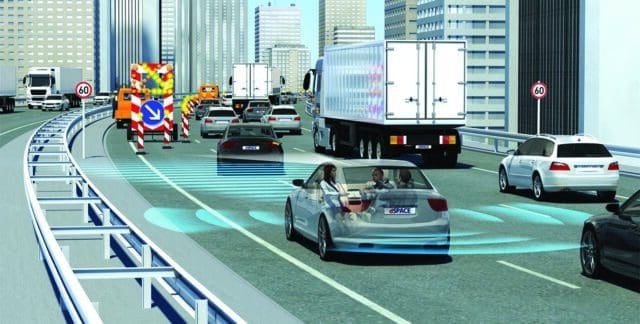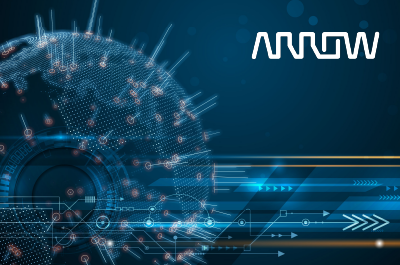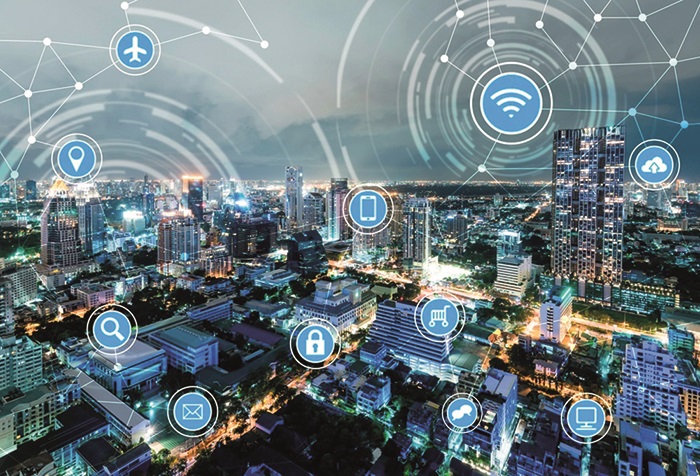Let's face it: modern vehicles have morphed into smart phones on wheels. Each and every one of the services provided by smart phones have been transferred or connected to the infotainment systems offered on board the vehicle. Over the past few years, the industry has moved beyond mobile and started to develop applications and services tailored to the automotive industry. They are usually called “telematic services”.
Until today, cars have used applications to exchange data with the cloud through a mobile radio network, sharing their situation and getting valuable information such as risk warnings, road information and free parking spaces. This leaves a novel use of vehicles, such as "car sharing" services or "live carpooling", that is, the shared use of cars.
The next generation of these apps will give cars the most advanced software upgrades, such as up-to-date and accurate high-definition map data for autonomous driving in real time. The applications are now more closely integrated with the vehicle and place high demands on data rate, latency and reliability of the mobile radio interface.
Telematic services assist the driver in making decisions, as well as the algorithms that govern the autonomous vehicle, such as ADAS systems. Advanced driver-assistance systems (ADAS) use multiple sensors to make decisions safely. ADAS systems began to use sensors such as radar for distance and object detection. To further their representation of the planet, the ADAS began to piece together the information provided, for example video and lidar. This allows a 3D model of the vehicle's environment to be built. However, one essential restriction is your inability to see beyond line of sight. This is where wireless networks can be of help since they allow communication with the road infrastructure or between cars. Tourism connectivity is becoming a major factor for safety and user experience.
Roadside check and virtual check
One way to review ADAS and telematics services is to take them on the road. On-road testing requires traveling millions of kilometers to validate the solutions, although it is not possible to encounter each and every possible situation. It is quite difficult to reproduce a given situation and review it for wireless communication specifically. The cellular network may vary depending on weather conditions, traffic and the availability of the required network (LTE, 5G…).
The simulation of the real environment in a laboratory is a solution to achieve reproducible results. It also reduces the cost and time required to validate versions before going out on the road. Road testing is essential but is now considered the last step in the validation process.
Open knot in front of closed knot
Connected cars have traditionally been tested in labs in the same way as a smartphone: based on a set of predefined test cases that can be played sequentially, provide famous input, and ensure that the results fall in the expected range or continue the expected behavior. This is called an open knot check.
However, it has proven that it is not enough to assess the useful life and the demand for reliability, safety and longevity. A better representation of the real planet is needed that goes beyond previously defined tests and situations.
Hence, virtual driving is becoming an essential tool for prior validation. In a virtual scenario there is the need to reproduce exactly the same initial conditions, but the resolution taken by the vehicle would influence the inputs in real time. This is called a closed-knot check.
Software in the node and hardware in the node
This methodology of the automotive world is called Software in the Loop (Software in the Loop, SiL) or Hardware in the Loop (Hardware in the Loop, HiL). In both cases a 3D planet is produced and different situations are used.
SiL only gives a way to check the sensor algorithm in a simulation.
HiL goes one step beyond simulation in that it provides an emulated stimulus to the sensor hardware platform on which the algorithm runs.
Currently, SiL accounts for XNUMX percent of virtual driving for autonomous passenger cars and only XNUMX percent is done through HiL. The trend in the testing industry is that more validations are required when using hardware.
Verification of telematics connectivity with the cloud in HiL
The closed node procedure for telematic verification proposed in this article is new for the industry.
This procedure consists of adding to the HiL a mobile radio network emulator that gives a realistic test network, made up of base stations (radio access network) and a mobile radio backbone. HIL simulation can be used to validate the entire chain of effects, from in-vehicle application to communication with the cloud service. This article presents a cooperation case between 2 industry leaders: dSPACE for the HiL system and Anritsu for the simulator (2G/3G/LTE/5G).
The Anritsu emulator can be connected directly to the Internet or to the back-end server and also exchanges data between the cloud service and the application under test in the vehicle. Cables or antennas can connect the emulator to the communication unit. In the case of using antennas, the radio signals must be appropriately shielded.
It is possible to monitor the mobile network emulator with the HIL simulator using a set of Simulink blocks. It allows you to reconfigure the mobile network to manipulate the transmission speed and the latency of the data, for example. It also accepts mobility scenarios such as handover (the change from one cell station to another). During a virtual test drive, the radio link is transferred from one base station to the next without losing the link to the data. Another test carried out with some frequency is the loss of signal, that is, when the radio signal wears out or even disappears completely when driving. The system supports Anritsu MD8475B signaling tester (2G/3G/LTE) and is 5G ready as well as 5G communication tester (Anritsu MT8000A).
Virtual driving facilitates approval
The virtual driving community is actively defining the precise scenarios to validate autonomous passenger cars. Reducing the infinite number of situations that can be generated on the road to an essential subset is a task of the utmost importance. This subset will make it easier for policymakers to develop a framework to validate the safety of ADAS systems and autonomous cars. At the moment, the scenarios focus on environmental conditions that could affect sensor inputs, such as radar/video/lidar.
However, it is anticipated that telecommunications will play an increasingly essential role in driving autonomous vehicle decisions in the future. As the evolution of wireless communication in 5G adapts to the needs of the automotive industry, gradually more numerous functions such as "Vehicle-to-Everything" (C-V2X) communication will be essential for safety. Environmental conditions, such as radio coverage, will be key to defining these scenarios.
One of the most interesting applications of 5G is that of sensor sharing and remote driving. A HiL system with cellular connectivity is the ideal test bed for research, prototyping and validation of 5G features.
Francois Ortolan – Anritsu EMEA Ltd






